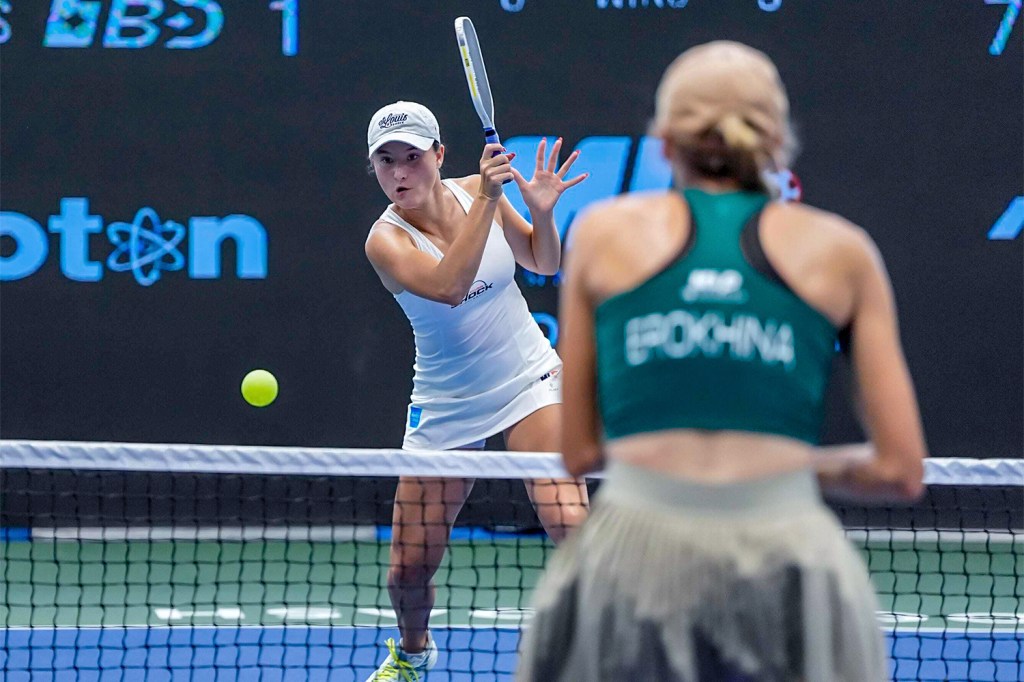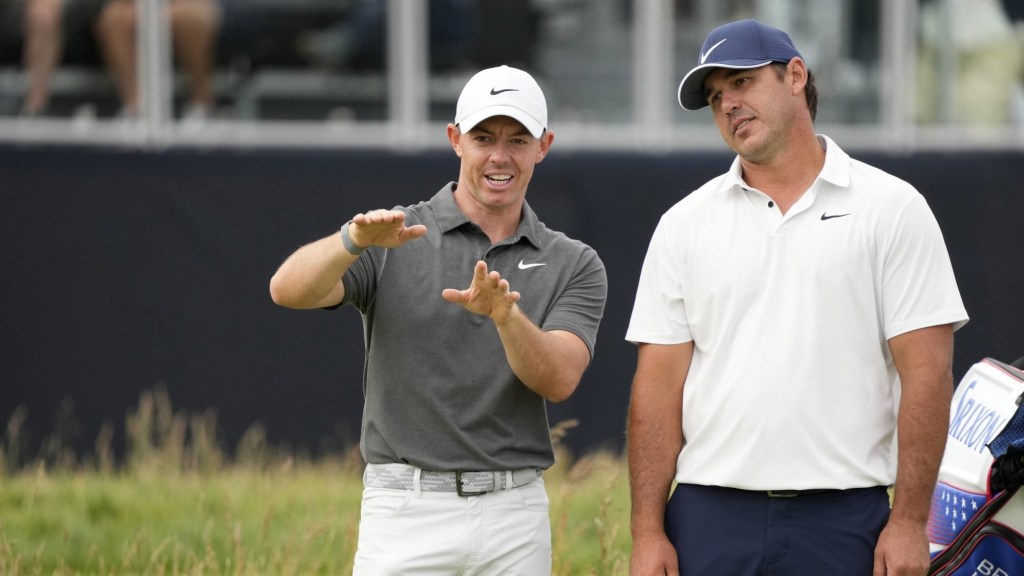The Heat’s Jimmy Butler is the first star whose name has been floated in trade rumors this NBA season after ESPN reported Tuesday that Miami is “open” to hearing offers for the six-time All-Star.
While trade rumors don’t guarantee a player will be moved, they come with the follow-up question asking where that player may go. In this case, ESPN reported Butler’s agent, Bernie Lee, said his client prefers three teams: the Rockets, Mavericks, and Warriors.
It’s no surprise Butler would select three teams in the West playoff hunt. At 35, Butler is one of the oldest players in the NBA. He’s also from Texas, so Houston and Dallas would be a homecoming of sorts—and it doesn’t hurt that he can continue to avoid paying state income taxes, similar to his situation in Miami.
But a potential Butler trade highlights one of the biggest dilemmas the NBA is facing today: the lack of flexibility teams are afforded under the latest collective bargaining agreement (CBA) signed in 2023. The CBA added two payroll thresholds above the NBA’s soft salary cap called the first and second apron, and violators face penalties that limit roster construction.
The penalties are so severe that before this season started, NBA GMs voted the “restrictive” aprons as the No. 1 rule the league needs to change.
A Financial Puzzle
The second apron comes with the harshest punishments, but the first apron—which has been breached by the Heat—includes a key penalty: A violator cannot take back more salary than it is trading away.
While the Warriors, Rockets, and Mavericks are not in violation of the first apron, all three teams are “hard-capped” by the first apron, per Spotrac. This means they cannot exceed the $178.1 million first apron threshold during the season.
Both the Mavericks and Warriors have $177.6 million on the books already, so they only have about $500,000 in extra space to take back. The Rockets have more space since their payroll is only at $162.9 million this year, but they are facing other long-term financial challenges.
In summary, the Mavericks and Warriors have to create a trade package that satisfies both teams, does not exceed Butler’s $48.8 million contract, but is still within about $500,000 of his deal. If it sounds complicated, that’s because it is—and that’s the issue facing most of the league right now.
There are nine teams over the first apron threshold, four of which are also over the second apron. But an additional 14 non-violators are hard-capped to one of the aprons, meaning 23 of the 30 NBA teams are hampered in some capacity.
That’s not to say that a trade can’t happen, and there are three- or four-for-one trades where the math works. But the margin of error is razor thin, which could indicate the NBA trade market may wind up fairly quiet this season.

















